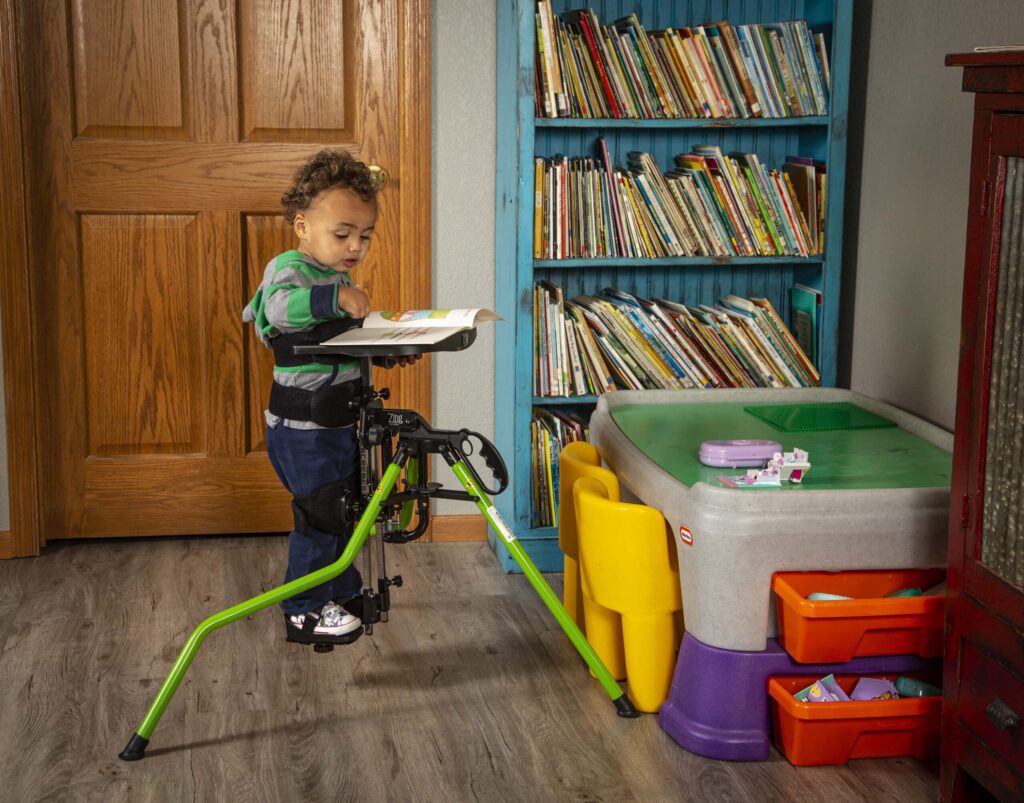
Standing is a fundamental human position that many of us take for granted, yet for individuals with mobility challenges, spinal cord injuries, or neurological conditions, the ability to stand can seem impossible. Standing equipment has revolutionized rehabilitation and daily care by providing safe, therapeutic opportunities for supported standing, delivering profound health benefits that extend far beyond the simple act of being upright. At LIFEmed, we’ve witnessed firsthand how standing equipment transforms lives, improves health outcomes, and enhances quality of life for users across all age groups.
The science behind therapeutic standing reveals a complex interplay of physiological processes that occur when the human body assumes an upright position. These processes affect everything from bone density and circulation to respiratory function and psychological well-being. Understanding these benefits helps families, healthcare providers, and individuals make informed decisions about incorporating standing equipment into daily care routines and long-term treatment plans.
Modern standing equipment has evolved significantly from basic standing frames to sophisticated, multi-position devices that accommodate users from infancy through adulthood. These advances have made therapeutic standing more accessible, comfortable, and effective than ever before, opening new possibilities for individuals who previously had limited standing opportunities.
Understanding Therapeutic Standing and Its Mechanisms
Therapeutic standing involves using specialized equipment to support individuals in an upright position, allowing them to experience the physiological benefits of standing even when they cannot do so independently. This process triggers numerous bodily systems that rely on gravitational forces and weight-bearing activities to function optimally.
The human body evolved to function in an upright position, and many physiological processes depend on this orientation. When individuals are unable to stand independently due to injury, illness, or developmental conditions, these essential processes can become compromised, leading to secondary health complications that standing equipment can help prevent or minimize.
Standing equipment works by providing external support that substitutes for missing muscle function while maintaining proper body alignment and weight distribution. Advanced standing devices offer multiple positioning options, allowing gradual progression from supine to upright positions and accommodating various therapeutic goals and individual capabilities.
Cardiovascular and Circulatory Benefits
One of the most significant benefits of therapeutic standing involves improvements to cardiovascular and circulatory function. When individuals spend extended periods in seated or lying positions, blood circulation can become compromised, leading to various health complications including blood clots, swelling, and cardiovascular deconditioning.
Standing equipment promotes venous return by utilizing gravity to assist blood flow back to the heart. This natural pumping action helps reduce swelling in the lower extremities, improves overall circulation, and can help prevent dangerous blood clots that sometimes develop during prolonged immobility. Regular standing sessions can contribute to better cardiovascular fitness and endurance over time.
The cardiovascular benefits extend beyond simple circulation improvements. Standing activities can help maintain blood pressure regulation, improve heart rate variability, and support overall cardiovascular health. These benefits are particularly important for individuals with spinal cord injuries or other conditions that affect autonomic nervous system function.
Blood pressure regulation often improves with regular standing activities, as the cardiovascular system adapts to changes in position and gravitational demands. This adaptation can help reduce episodes of orthostatic hypotension and improve tolerance for position changes throughout daily activities.
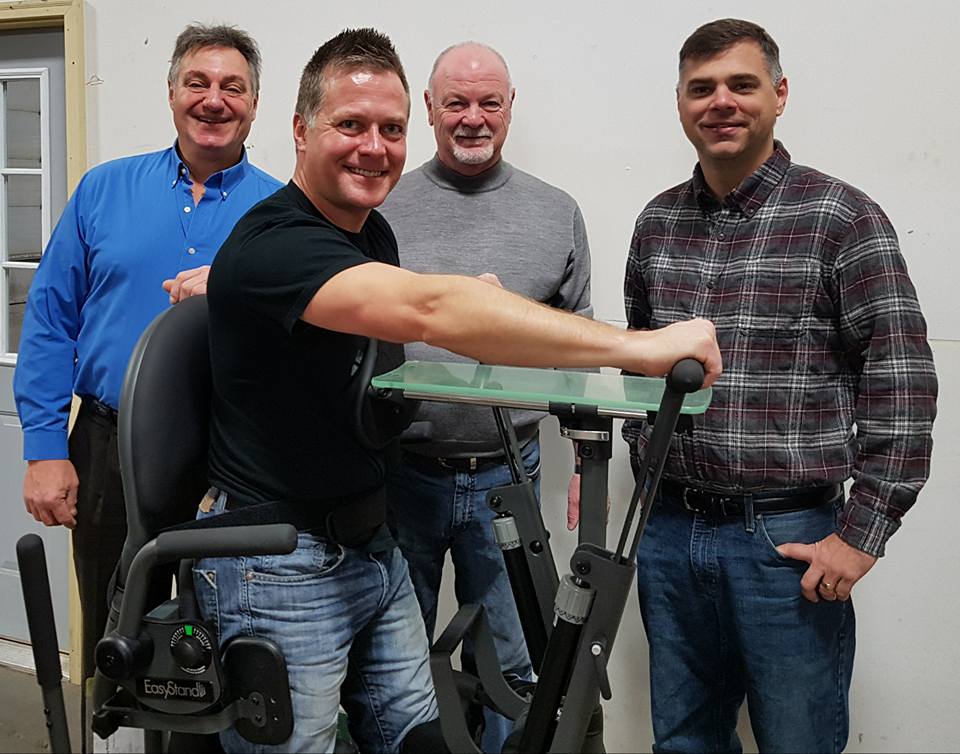
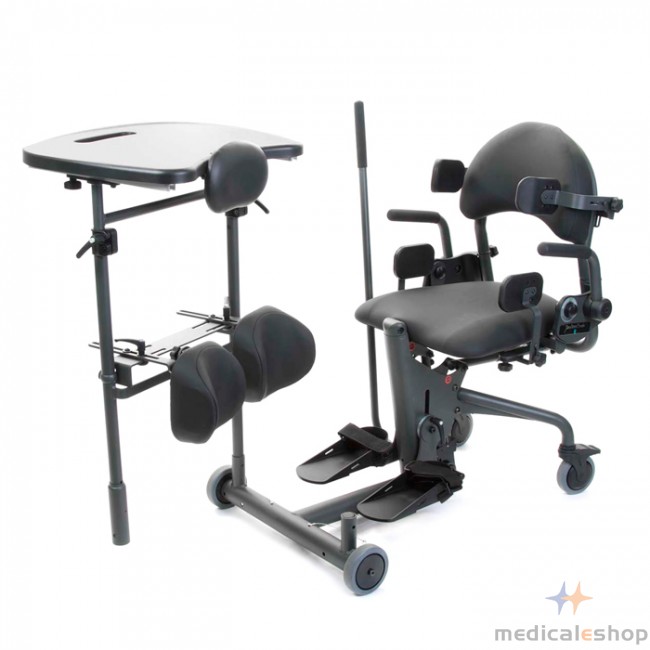
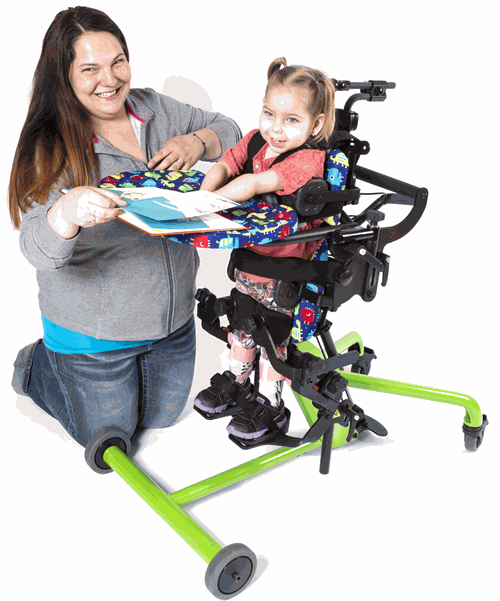
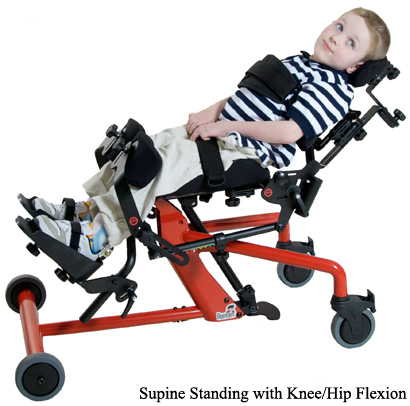
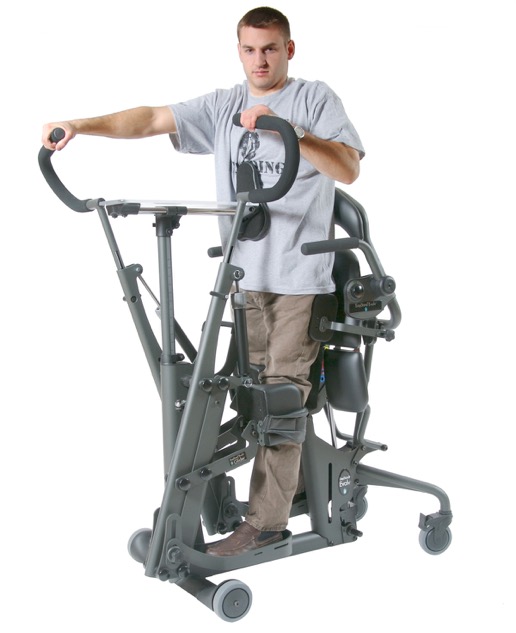
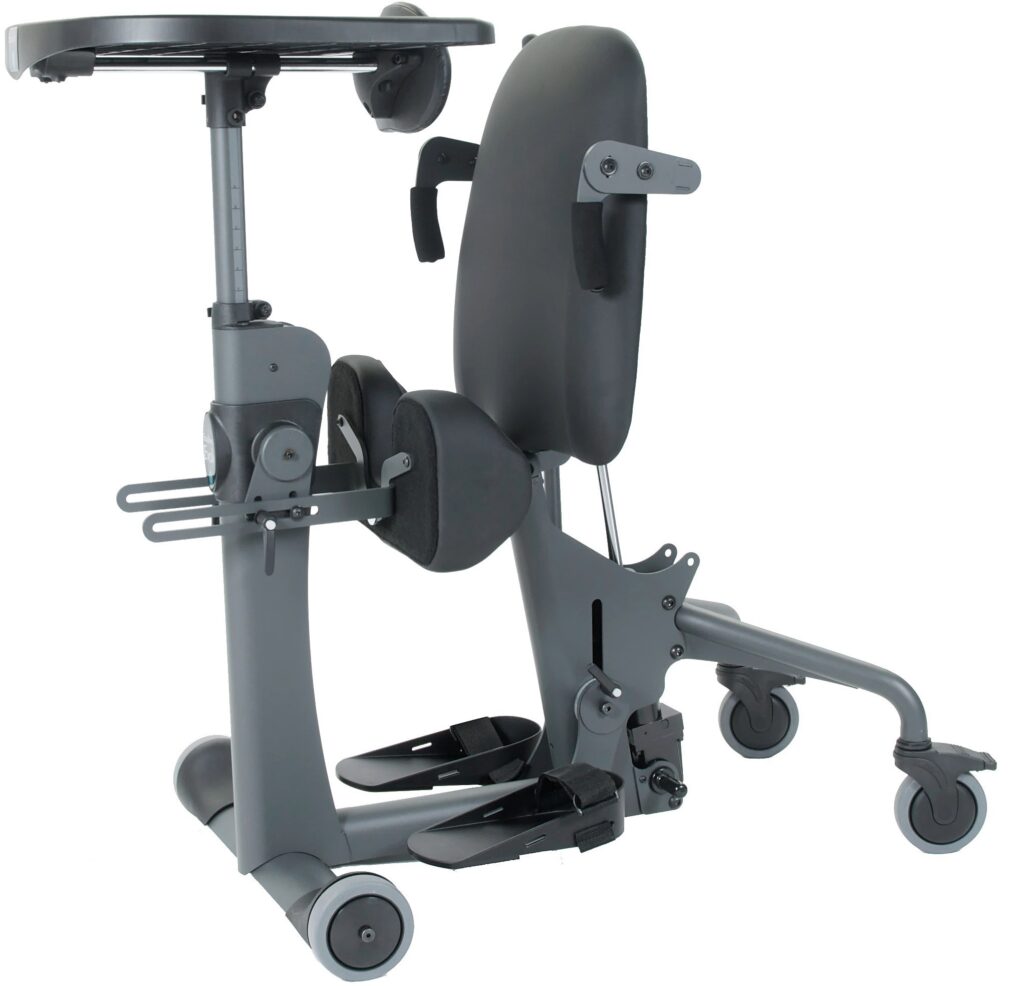
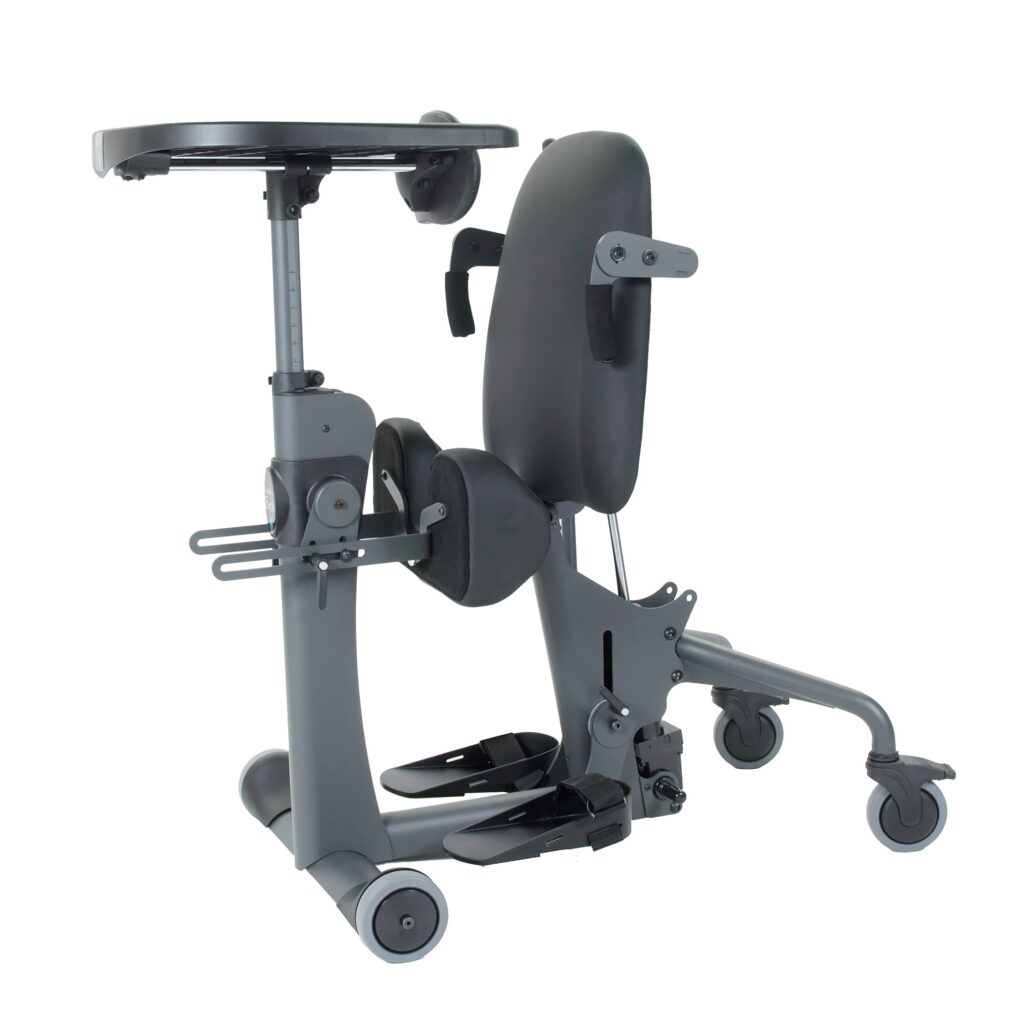
Bone Health and Osteoporosis Prevention
Weight-bearing activities are essential for maintaining bone density and preventing osteoporosis. Individuals who cannot stand independently often experience rapid bone loss, particularly in the lower extremities, which can lead to increased fracture risk and complications during transfers or daily activities.
Standing equipment provides controlled weight-bearing opportunities that help stimulate bone formation and slow bone loss. The mechanical stress placed on bones during standing activities triggers cellular processes that promote bone density maintenance and can even stimulate new bone growth in some cases.
Research has consistently demonstrated that regular standing activities can slow or prevent bone loss in individuals with mobility limitations. While the extent of benefit varies based on individual factors such as age, diagnosis, and standing frequency, most users experience measurable improvements in bone density markers when standing programs are implemented consistently.
The timing and duration of standing sessions can be optimized to maximize bone health benefits. Healthcare professionals often recommend specific standing protocols based on individual needs, medical history, and therapeutic goals, ensuring that standing activities provide maximum benefit while maintaining safety and comfort.
Respiratory Function and Lung Health
The upright position significantly impacts respiratory function by allowing optimal lung expansion and improving breathing mechanics. When individuals are seated or lying down for extended periods, lung capacity can become reduced, and respiratory complications may develop more readily.
Standing equipment allows the diaphragm and other respiratory muscles to function more effectively by reducing compression on the abdomen and chest cavity. This improved positioning can increase lung capacity, improve oxygen saturation, and make breathing more efficient and comfortable.
For individuals with respiratory conditions or those at risk for pneumonia and other lung complications, regular standing can be particularly beneficial. The improved lung expansion and enhanced secretion clearance that occurs during standing can help prevent respiratory infections and maintain better overall lung health.
Standing positions also facilitate better coughing and secretion clearance, which is crucial for individuals with compromised respiratory function. This natural mechanism helps keep airways clear and reduces the risk of respiratory complications that can occur with prolonged immobility.
Digestive System Benefits
The digestive system functions optimally when the body is in an upright position, utilizing gravity to assist with food movement through the gastrointestinal tract. Individuals who spend most of their time seated or lying down often experience digestive complications including constipation, reflux, and delayed gastric emptying.
Standing equipment helps normalize digestive function by restoring the natural relationship between gravity and gastrointestinal processes. Regular standing sessions can improve bowel function, reduce constipation, and help prevent some of the digestive complications associated with prolonged immobility.
The benefits to digestive health often extend beyond simple mechanical improvements. Better positioning can improve appetite, reduce nausea, and enhance overall comfort during and after meals. These improvements can contribute to better nutritional status and overall health outcomes.
Muscle Tone and Spasticity Management
Standing activities can help manage muscle tone and spasticity in individuals with neurological conditions. The weight-bearing position and gentle stretching that occurs during standing can help normalize muscle tone and reduce excessive spasticity that interferes with function and comfort.
Regular standing can help maintain muscle length and flexibility, preventing contractures that can develop when muscles remain in shortened positions for extended periods. This maintenance of muscle and joint mobility is crucial for preserving function and preventing painful complications.
The gentle stretching and weight-bearing forces experienced during standing can also help reduce spasticity episodes and improve overall comfort. Many users report feeling more relaxed and experiencing less muscle tension after standing sessions.
Psychological and Social Benefits
The psychological benefits of standing equipment often prove as significant as the physical improvements. Being able to achieve an upright position can dramatically improve self-esteem, social interaction, and overall quality of life for individuals who have lost the ability to stand independently.
Standing allows for improved eye-level interaction with family members, friends, and caregivers, enhancing social engagement and communication. This improved positioning can reduce feelings of isolation and help maintain important social connections that contribute to emotional well-being.
The sense of achievement and progress that comes with standing activities can boost confidence and motivation for other therapeutic activities. Many individuals report feeling more positive and engaged when standing programs are part of their regular routine.
Pediatric Considerations and Early Intervention
Standing equipment plays a particularly crucial role in pediatric care, where early intervention can significantly impact long-term development and health outcomes. Understanding how to choose the right wheelchair dealer becomes especially important when selecting pediatric standing equipment, as proper fitting and expert guidance are essential for growing children.
Children who begin standing activities early often experience better bone development, improved muscle tone regulation, and enhanced overall development compared to those who do not have standing opportunities. The critical developmental windows during childhood make early access to standing equipment particularly valuable.
Pediatric standing equipment must accommodate rapid growth and changing needs, requiring specialized design features and adjustment capabilities. Modern pediatric standers like the Zing series offer multiple positioning options and growth accommodation, ensuring that children can benefit from standing activities throughout their developmental years.
AADL Funding and Accessibility
For Alberta residents, understanding AADL (Alberta Aids to Daily Living) funding for standing equipment can make these life-changing devices more accessible. AADL now funds Zing standers with maximum funding amounts of $5,780 to $6,465 CDN for different sizes, making therapeutic standing more affordable for families.
The funding process requires proper documentation and professional assessment to establish medical necessity. Finding a dealer experienced with AADL applications can help streamline the approval process and ensure you receive maximum available funding for standing equipment.
Understanding the funding criteria and application process helps families access standing equipment without creating undue financial burden. Professional guidance through the funding process ensures all necessary documentation is completed correctly and submitted promptly.
Equipment Selection and Professional Assessment
Choosing appropriate standing equipment requires professional assessment to ensure proper fit, safety, and therapeutic benefit. Healthcare professionals evaluate individual needs, medical history, and therapeutic goals to recommend optimal standing solutions.
The assessment process considers factors such as user size, medical stability, caregiver capabilities, and environmental factors. This comprehensive evaluation ensures that standing equipment provides maximum benefit while maintaining safety and ease of use.
Understanding how local dealers support wheelchair users with repairs and maintenance applies equally to standing equipment, as ongoing support and maintenance are crucial for continued safe operation and optimal benefit.
Implementation and Safety Considerations
Successful standing programs require careful implementation with appropriate safety measures and professional guidance. Starting positions, duration, and progression should be determined by healthcare professionals based on individual capabilities and medical status.
Safety features built into modern standing equipment include secure positioning systems, emergency release mechanisms, and adjustable support options that accommodate changing needs. Regular equipment inspection and maintenance ensure continued safe operation.
Caregiver training is essential for safe standing equipment use. Proper techniques for transfers, positioning, and equipment operation help prevent injuries and ensure that users receive maximum benefit from standing activities.
Long-Term Benefits and Quality of Life
The cumulative effects of regular standing activities can be profound, impacting virtually every aspect of health and well-being. Long-term users often experience improved overall health, fewer medical complications, and enhanced quality of life compared to those without standing opportunities.
Regular standing can help prevent many secondary complications associated with prolonged immobility, potentially reducing healthcare costs and improving long-term outcomes. The investment in standing equipment often pays dividends through improved health and reduced medical complications.
Standing equipment represents a powerful therapeutic tool that can transform lives through the restoration of this fundamental human position. The wide-ranging health benefits, from improved circulation and bone health to enhanced psychological well-being, make standing equipment an essential consideration for individuals with mobility limitations.
At LIFEmed, we’re committed to helping you access the standing equipment that can make a meaningful difference in your life or the life of someone you care about. Our expertise with advanced standing systems, combined with our understanding of funding programs and ongoing support needs, ensures you receive the guidance and equipment necessary for a successful standing program.
Contact our mobility specialists to learn more about standing equipment options and how therapeutic standing can become part of your comprehensive care plan. Remember, the benefits of standing extend far beyond the physical act itself—they encompass improved health, enhanced independence, and a better quality of life for users and their families.
To visit our Social Media, please click on Facebook and Instagram


